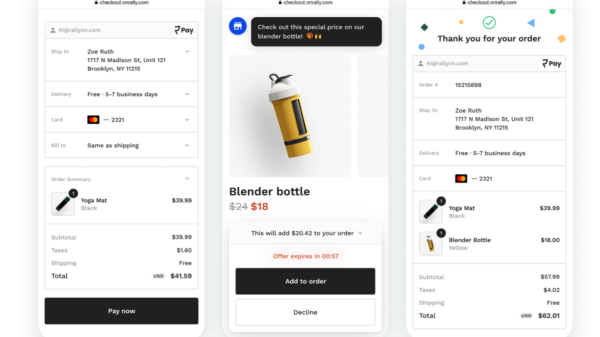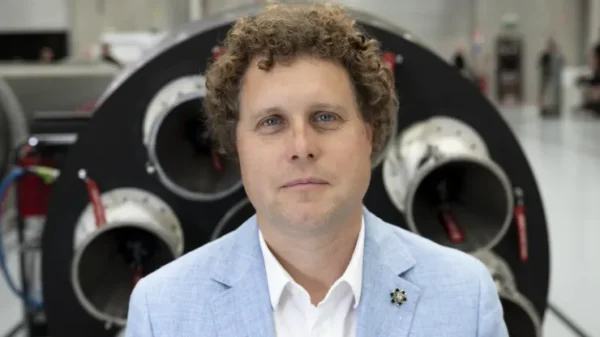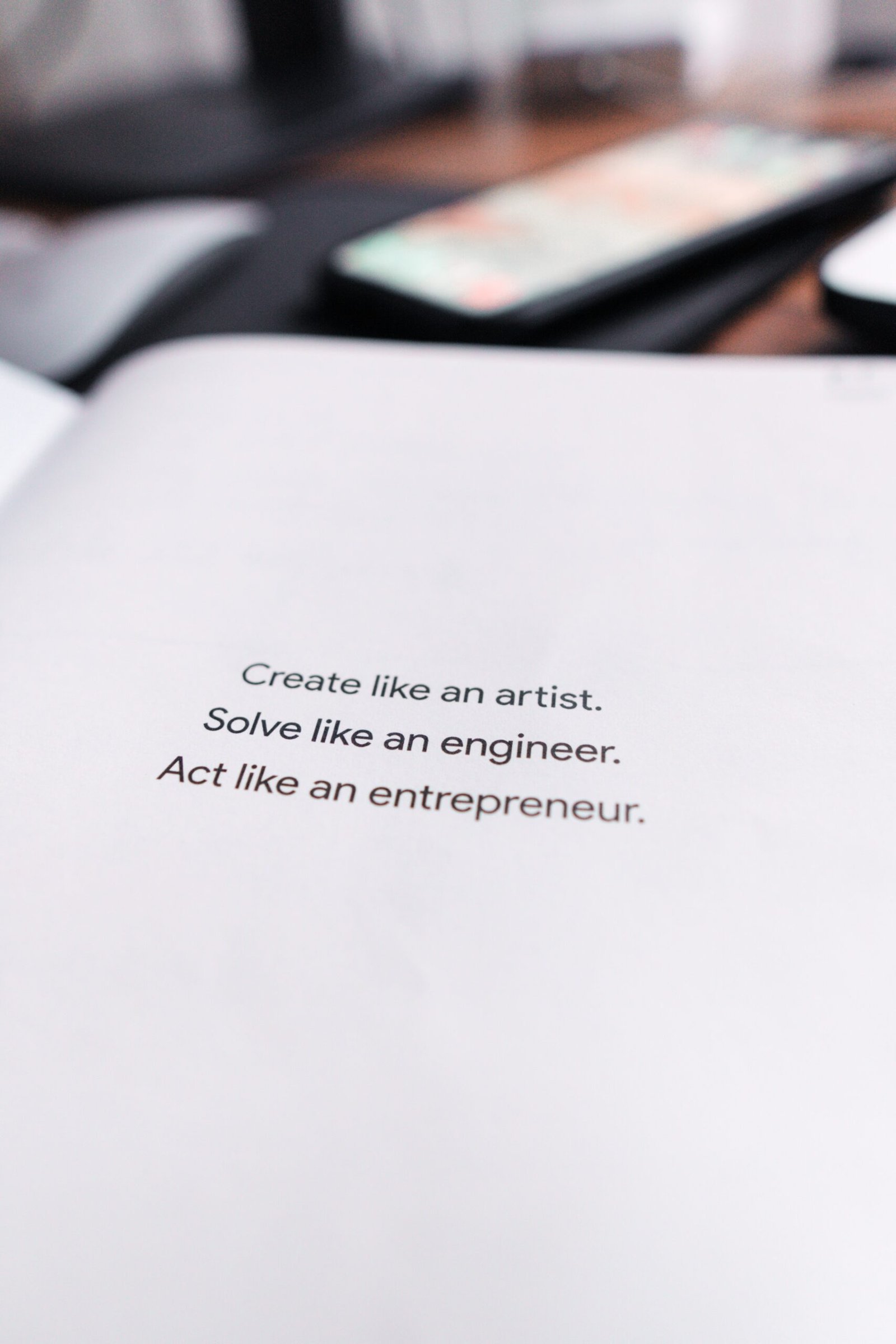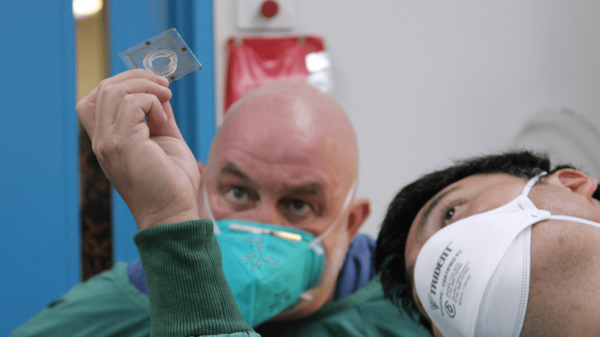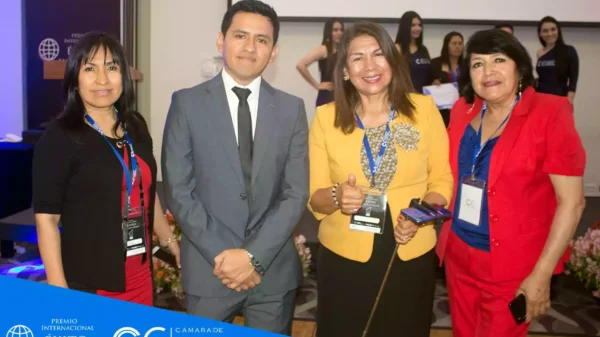Pritesh Gadhia is Managing Director, UK and Ireland, at Accenture Song (formerly Accenture Interactive). We asked him about his role, his opinions on the metaverse and the future of brand marketing.
There is no typical day! I’m fortunate to be working in a sector that is going through significant and necessary change. Each day, where possible, I try to find a balance between focusing on the great work we do for clients, our amazing people, and of course a little time for myself.
We’re very lucky to have great clients who have a real desire to drive growth, but the world around us is changing so fast, so we need to keep really close to them to help them stay relevant. This takes a lot of energy from our team – so we spend a lot of time looking after our talent to make sure they have the right opportunities, space to grow and are working in an environment where they feel seen, safe, and connected.
On a more personal level, I start each day by enjoying a gentle walk with my dog, stopping off at my favourite coffee shop before settling down to my desk at home or at the office. I try to balance my week with time at clients and with my team – whether that’s in person or virtual.
The biggest challenge really is the speed of change needed to stay relevant. Incredibly, 90% of C-suite executives are saying that customers and employees are changing faster than they can change their business. This shift has been driven by two years of major disruption, which has spurred people on to re-think their relationships with work, technology, and the planet. Companies have no option but to design new ways of doing business.
Brands need to be ready for the era of questions! What I mean by this is that there’s a new expectation from consumers to ask, and have questions answered, at the touch of a button or through a brief exchange with a voice assistant.
The fact that it’s so easy and immediate means people are asking more and more questions. For brands, the range of customer questions and the number of channels for asking them is growing constantly. How to answer them is a future source of competitive advantage, so we expect to see significant innovation in this space.
Our Technology Vision report showed plenty of optimism, with 71% of global execs saying it will have a positive impact on their business. I’m genuinely excited about the possibilities of the metaverse and how it could transform some of our client organisations – but brands need to approach it with some caution.
Businesses must use the opportunity to ensure that it is developed with responsibility at its core. From ownership of data to inclusion and diversity, to sustainability and through to security and personal safety, this work must begin now.
I’m closely watching how brands are experimenting with the use of digital twins. We’ve traditionally thought of digital twins as replicas of machines (e.g. duplicates of airline engines to know what maintenance is required). But in the metaverse we could see an acceleration of this whole idea that we can have twins of things. So, we could build digital twins of our homes to monitor the flow of products and services, and when we came to sell our house there would be a digitally secured record of our house’s system. That could create some amazing commercial opportunities.
We’ve seen brands launching new experiences across virtual and physical environments, one particularly interesting example is Gucci creating The Gucci Garden Experience to sell virtual products, resulting in the sale of a virtual-only digital twin of a Gucci purse which went for a higher price than its real-world counterpart!
Accenture has always had a longstanding culture of change – but the coming months and years will see an acceleration of this. From idea, to build, to operating with strategic managed services, we are going to help our clients to access ideas, talent, and results faster than ever before.
With everything going on in the world right now, we want to help more businesses go from being “customer-centric” to “life-centric”. Brands need to appreciate that customers’ lives are more complicated and changeable than ever before, and make sure they understand the external forces influencing their decision making. Ultimately, we believe life-centric brands will respond faster to consumer behaviour changes and lead the market.
Mark Zablan is the CEO of Emplifi, a unified platform for social marketing, social commerce and customer care. We asked him about the role of data and automation in CX, as well as what makes for a successful rebrand (following the merger of Astute and Socialbakers – to become Emplifi – last year). What are.
Dominic Dunne, commercial lead at Clear Channel, which runs programmatic out-of-home buying platform, LaunchPAD, outlines what ecommerce marketers need to know about this fast-growing channel.
From order picking to last mile delivery, grocery retailers and FMCG brands are increasingly looking for ways to improve speed and efficiency in omnichannel fulfilment. With rising consumer expectations, the goal is to give customers what they want, exactly when they want it, even amid wider challenges in the supply chain. A large number of .




